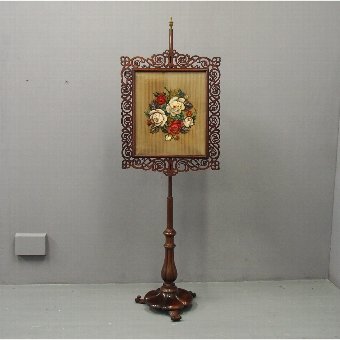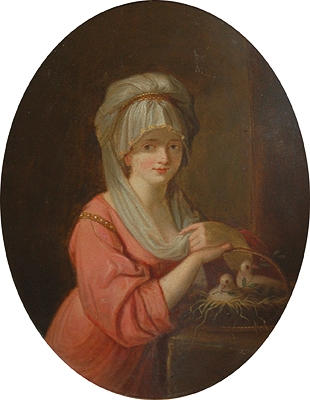featured item

quality pair of antique edwardian postal scales and weights Read more
19th century japanese kutani lidded bowl

antiques available from other sellers in antiques interior design modern and vintage > other interior design
-
![Mid Victorian Rosewood Embroidered Pole Screen]() £550.00
£550.00mid victorian rosewood embroidered pole screen Read more
Georgian Antiques -
![Portrait of Louis Armstrong 1901-1971]() £680.00
£680.00portrait of louis armstrong 1901-1971 Read more
Artware Ltd -
![A Young Girl with doves in a basket]() £5000.00
£5000.00a young girl with doves in a basket Read more
Artware Ltd -
![Stunning Antique English Sterling Silver Napkin Ring by James Dixon]() £125.99
£125.99stunning antique english sterling silver napkin ring by j... Read more
Puckering's
- View other items in:
- antiques interior design modern and vintage
- other interior design
Still not found something similar? Why not save a search and get a notification in your inbox when an matching antique is added to our ever-growing database?
Enter your email address to be sent alerts when new items are added to the site that match your search criteria

Ref 11443 - 19th century Japanese Kutani lidded bowl, signed on the base. Wonderful quality but the lid has been damaged and repaired, hence the very low price. The bowl is perfect. Circa 1890, bowl measures 4 inches diameter, 10 cms.
Antiques.co.uk Ref: WX3GM95X
- Width (cm):
- 0
- Height (cm):
- 0
- Depth (cm):
- 0
Here on antiques co uk we love antiques and specialise in selling antiques. Even though this item was for sale and is now sold or otherwise now unavailable we have many more items for sale including vintage antiques, silver, tables, watches, jewellery and much more for your interiors and home.
Search all the antiques currently for sale on www.antiques co uk. Or why not consider selling your antiques and making sales more easily with us!









